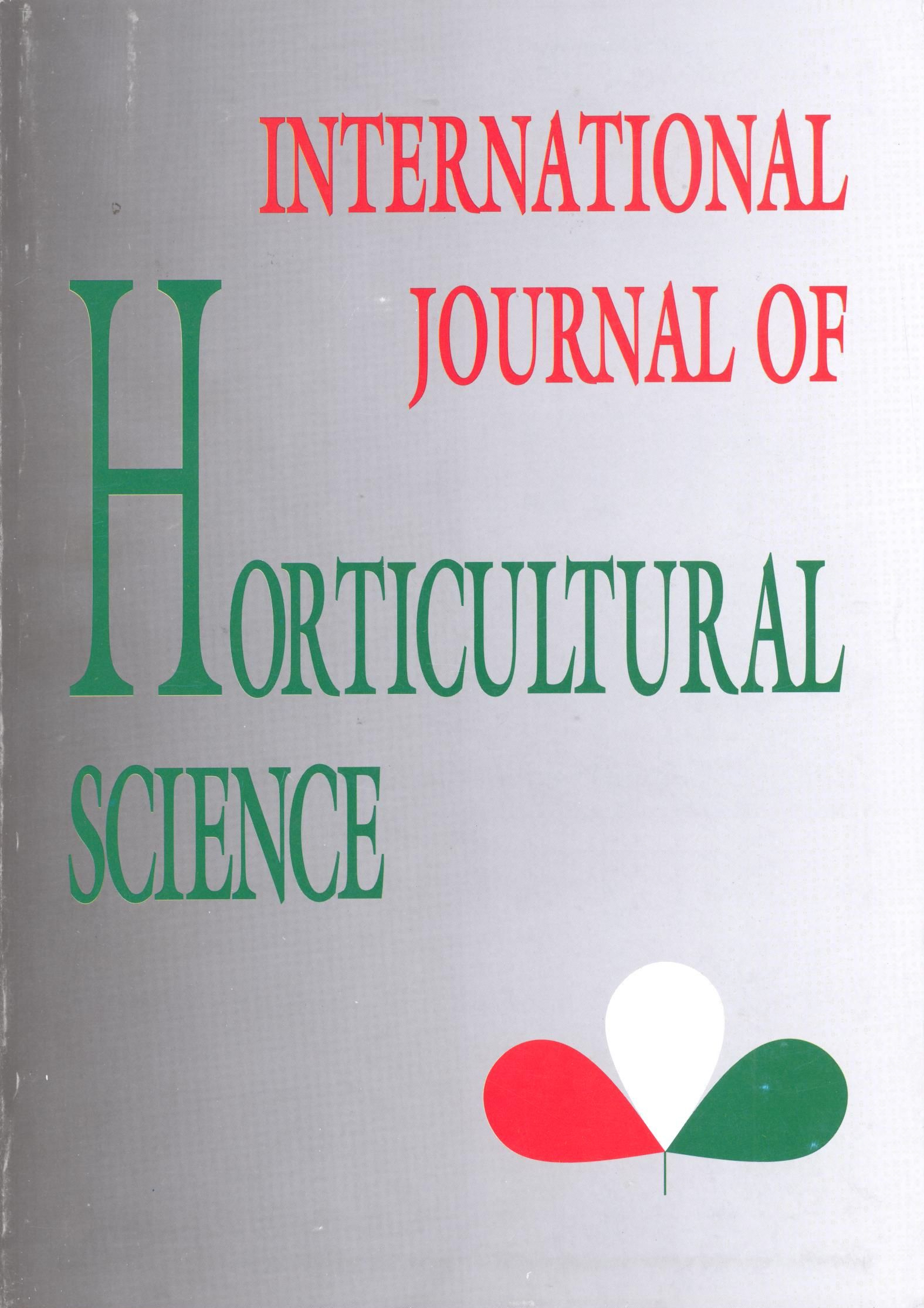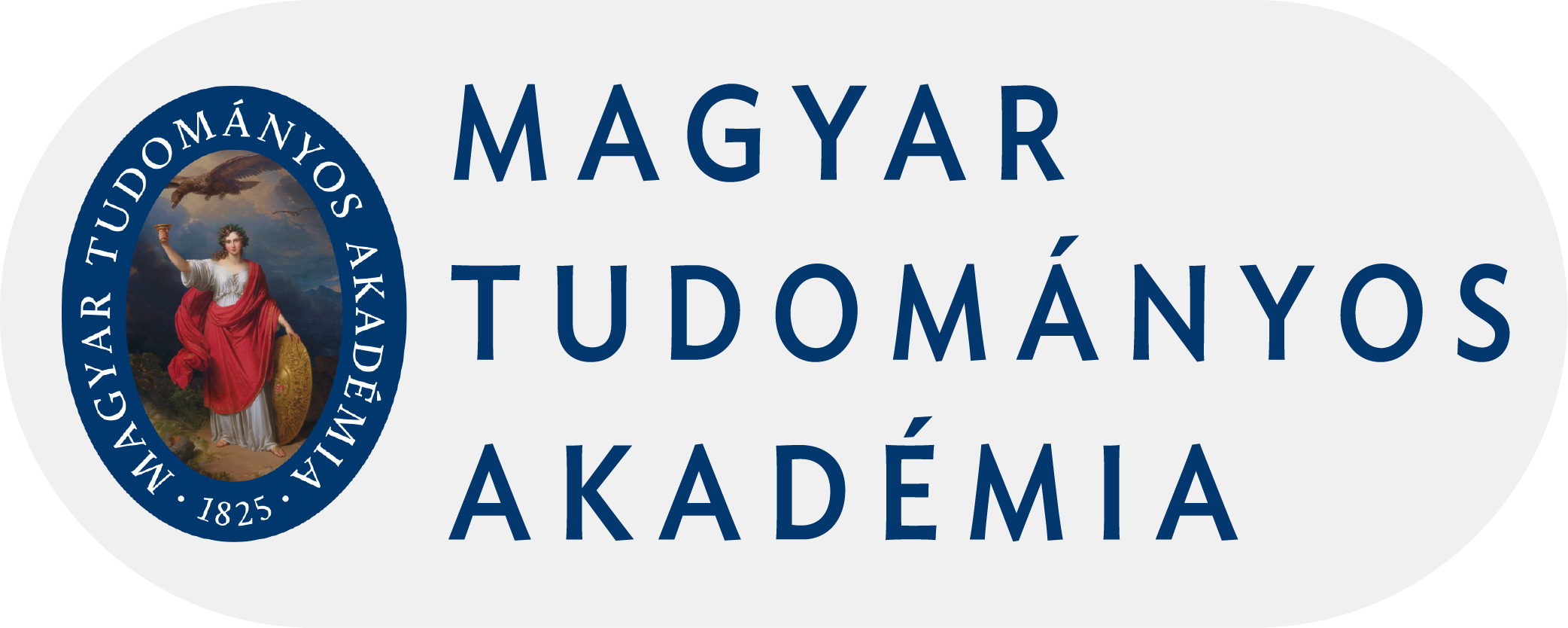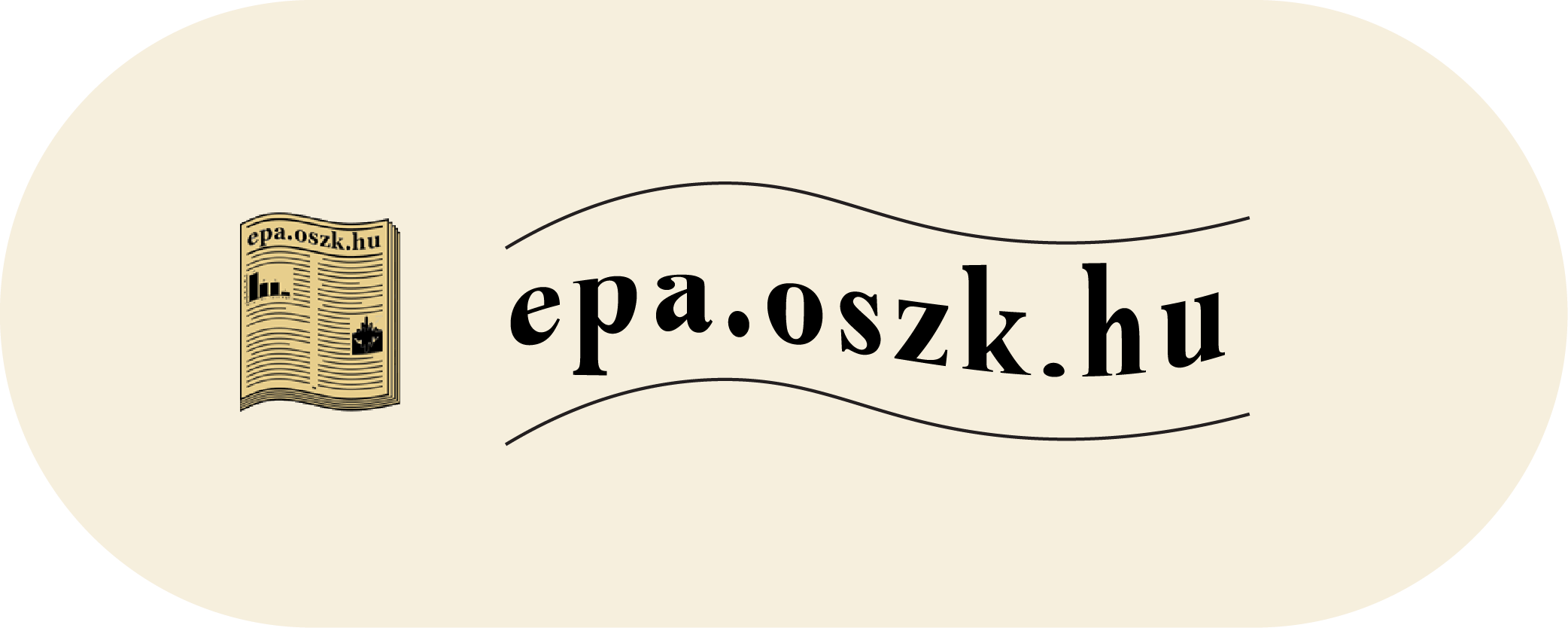Plant of interest — Prunella vulgaris L.
Authors
View
Keywords
License
Copyright (c) 2018 International Journal of Horticultural Science
This is an open access article distributed under the terms of the Creative Commons Attribution License (CC BY 4.0), which permits unrestricted use, distribution, and reproduction in any medium, provided the original author and source are credited.
How To Cite
Abstract
Self-heal (Prunella vulgaris L.), known as a remedy traditionally used as Chinese medicine, was neglected in modern pharmacy until the 20th century. Although in the Middle Ages it was respected for its wound-healing effect, the usage of this medicinal plant was confined just to the conventional pharmacy. Nowadays, because of the great dislike of synthetic materials, however, self-heal has become one of the most important target plants again. Owing to its valuable active constituents, besides its wound-healing effect, the plant can also be used as hepato-protective, antioxidant, anti-HIV, anti-cancer remedy, and it is effective against Herpes virus, as well. Its taste — and odourless extracts are applied by the food industry as natural food preservatives. Taking into account the importance of self-heal our aim was to introduce this plant species more detailed with regard to its active agents, effects and cultivation methods.

 https://doi.org/10.31421/IJHS/13/2/725
https://doi.org/10.31421/IJHS/13/2/725










